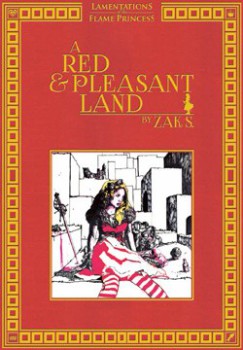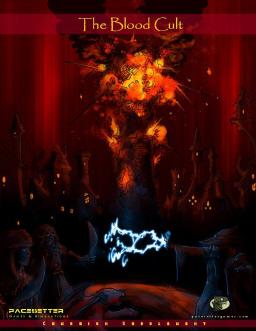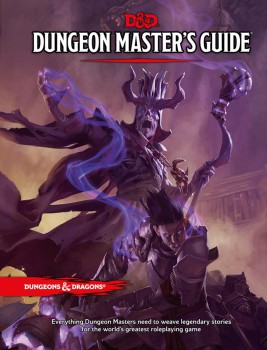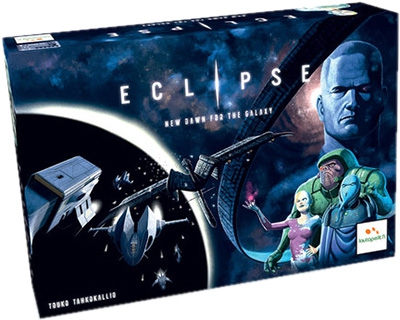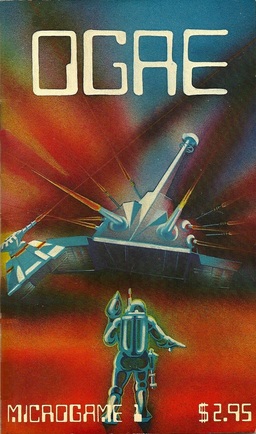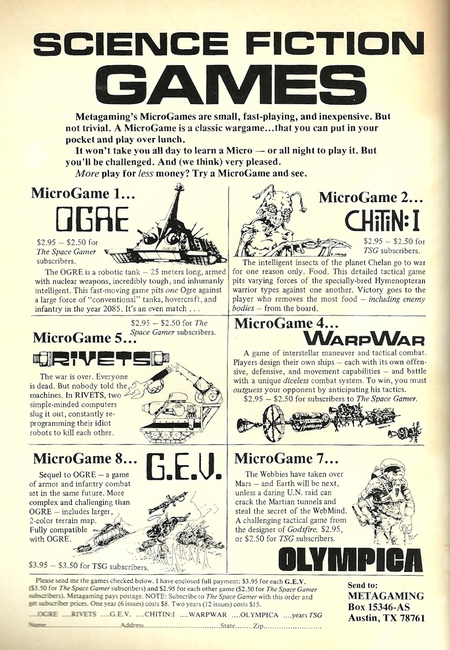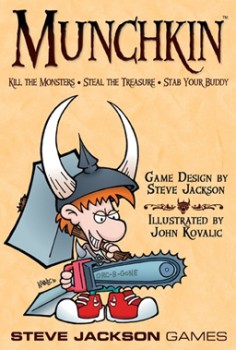A Preliminary Look at Dragon Age: Inquisition
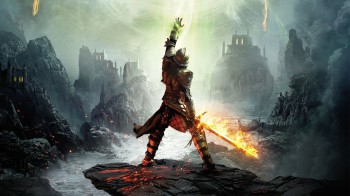 If you or anyone you know are into video gaming at all, you’ve been hearing a lot about Dragon Age: Inquisition lately (Official Bioware trailer here). Bioware’s latest installment in the Dragon Age series was released November 18th, and some of us have vanished down the rabbit hole after it. Well, more than a few of us: it premiered to strong sales and consistently solid reviews across the board. And having played it, it’s not hard to see why.
If you or anyone you know are into video gaming at all, you’ve been hearing a lot about Dragon Age: Inquisition lately (Official Bioware trailer here). Bioware’s latest installment in the Dragon Age series was released November 18th, and some of us have vanished down the rabbit hole after it. Well, more than a few of us: it premiered to strong sales and consistently solid reviews across the board. And having played it, it’s not hard to see why.
A little background first. When I was ten, my brother got a Nintendo. Dating myself, aren’t I? The original grey brick. My brother loved that thing. And I loved watching him play. But when I sat down to play Super Mario Bros., I couldn’t get past the first few levels. I tried for a while, then gave up in absolute frustration. I was convinced I was terrible at video games.
Then Final Fantasy VII came out. By then, I was in college and lived with three other friends. My then-fiance brought home a Playstation and we all took turns playing obsessively. I discovered that I COULD play. In fact, I was pretty good at it. I just had to find the right kind of game.
Flash forward another :cough: years, and Dragon Age: Origins. My eldest daughter was a newborn nurseling, and I played through four times. So it was with great excitement (and many warnings to my husband about his upcoming increase in child-related duties) that I anticipated November 18th, 2014.
And I have not been disappointed.
